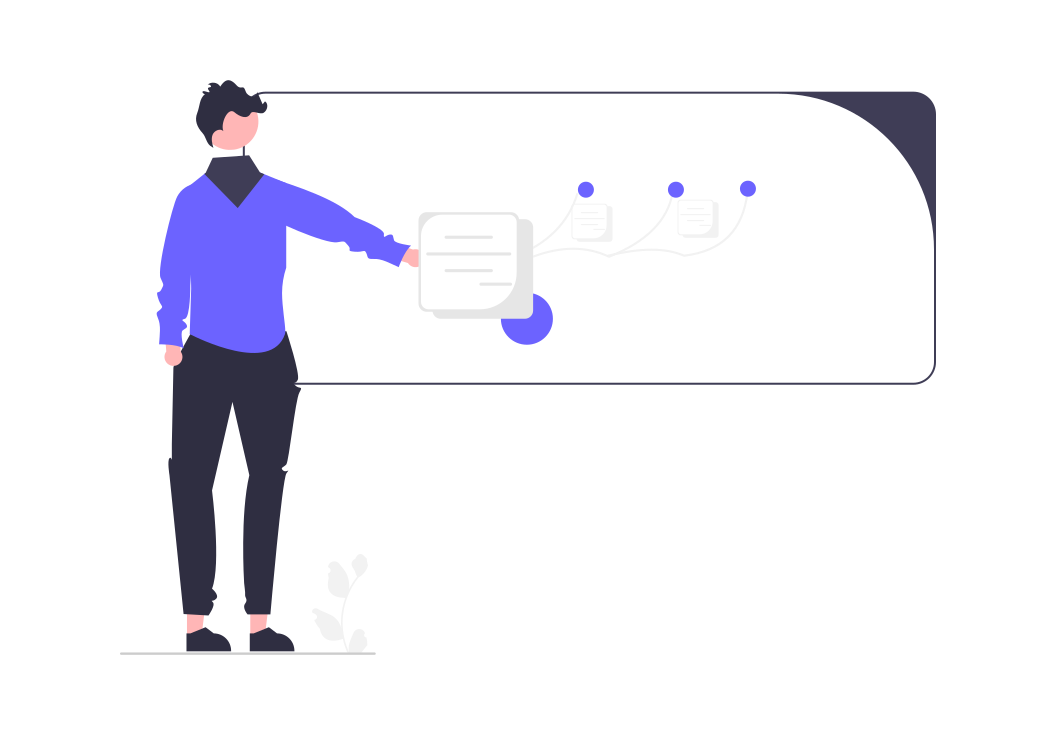In the rapidly evolving landscape of B2B marketing, customer segmentation continues to play a pivotal role in tailoring marketing strategies and optimizing outreach efforts. As businesses strive to understand their target audiences better, the methods and technologies used for segmentation are also advancing. Here, we explore the future trends in B2B customer segmentation that are set to revolutionize the way companies connect with their prospects and clients.
1. AI and Machine Learning Integration
Artificial Intelligence (AI) and Machine Learning (ML) are becoming indispensable tools in customer segmentation. These technologies enable businesses to process vast amounts of data and identify patterns that were previously undetectable. By leveraging AI and ML, companies can create highly detailed and dynamic customer segments that continuously evolve based on real-time data. This allows for more precise targeting and personalized marketing strategies, ultimately leading to higher conversion rates.
2. Behavioral Segmentation
Traditional segmentation methods often rely on demographic data, such as company size, industry, and location. However, future trends indicate a shift towards behavioral segmentation, which focuses on the actions and behaviors of potential customers. By analyzing how businesses interact with websites, emails, and other digital touchpoints, companies can segment their audience based on behavior patterns. This approach provides deeper insights into customer needs and preferences, allowing for more relevant and timely marketing interventions.
3. Predictive Analytics
Predictive analytics is set to transform B2B customer segmentation by forecasting future behaviors and trends. By utilizing historical data and advanced statistical algorithms, predictive analytics can identify which prospects are most likely to convert and which customers are at risk of churn. This proactive approach enables businesses to allocate resources more efficiently and tailor their marketing efforts to maximize ROI.
4. Account-Based Marketing (ABM)
ABM is a strategic approach that treats individual accounts as markets in their own right. This trend is gaining traction as it allows for highly personalized marketing efforts directed at key decision-makers within target accounts. Future segmentation strategies will increasingly incorporate ABM principles, focusing on creating segments at the account level rather than the individual level. This shift will enhance the precision and effectiveness of marketing campaigns, especially in industries with high-value clients.
5. Psychographic Segmentation
Understanding the psychological attributes of businesses, such as values, attitudes, and interests, is becoming more critical in B2B marketing. Psychographic segmentation allows companies to create more nuanced profiles of their target audience, leading to marketing messages that resonate on a deeper level. By tapping into the motivations and challenges of their clients, businesses can craft compelling value propositions that drive engagement and loyalty.
6. Dynamic Segmentation
Static segmentation methods are becoming obsolete in the face of rapidly changing market conditions. Dynamic segmentation involves continuously updating customer segments based on real-time data and interactions. This approach ensures that marketing strategies remain relevant and aligned with current customer needs and market trends. As data collection and processing capabilities improve, dynamic segmentation will become a standard practice in B2B marketing.
7. Integration of Multiple Data Sources
The future of customer segmentation lies in the integration of diverse data sources, including CRM systems, social media, web analytics, and third-party data providers. By consolidating data from various channels, businesses can gain a holistic view of their customers and create more accurate segments. This comprehensive approach enables more targeted and effective marketing strategies, driving better business outcomes.
8. Privacy and Ethical Considerations
As data-driven segmentation becomes more sophisticated, businesses must navigate the growing concerns around data privacy and ethics. Future trends will likely emphasize the importance of transparent data practices and compliance with regulations such as GDPR and CCPA. Companies will need to strike a balance between leveraging data for segmentation and respecting customer privacy, ensuring that their marketing efforts are both effective and ethical.
9. Customer Journey Mapping
Customer journey mapping is evolving from a linear process to a more complex and dynamic model. Future segmentation strategies will focus on mapping out multiple potential journeys that customers might take, allowing for more personalized and contextually relevant marketing touchpoints. By understanding the various paths that different segments take, businesses can optimize each stage of the journey to enhance customer experience and drive conversions.
10. Hyper-Personalization
The future of B2B customer segmentation is moving towards hyper-personalization, where marketing messages are tailored to the individual preferences and behaviors of each prospect. This level of personalization requires advanced data analytics and automation tools that can deliver customized content at scale. Hyper-personalization not only improves engagement but also builds stronger relationships with customers, fostering long-term loyalty.
Conclusion
The future of B2B customer segmentation is being shaped by technological advancements and a deeper understanding of customer behaviors and preferences. By embracing these trends, businesses can create more precise and dynamic segments, leading to more effective marketing strategies and better business outcomes. As the landscape continues to evolve, staying ahead of these trends will be crucial for companies looking to maintain a competitive edge.


